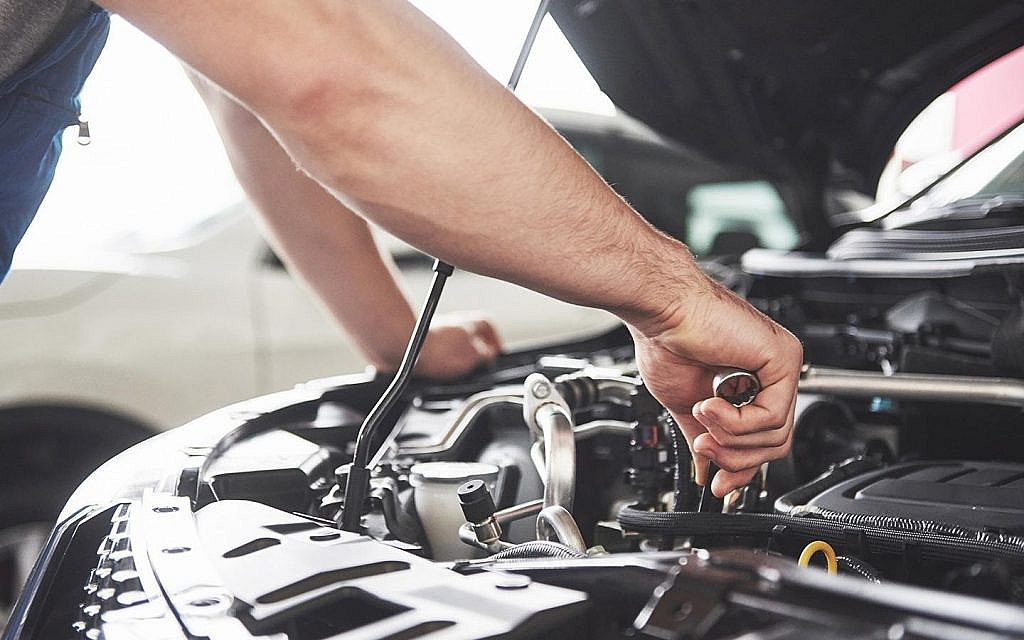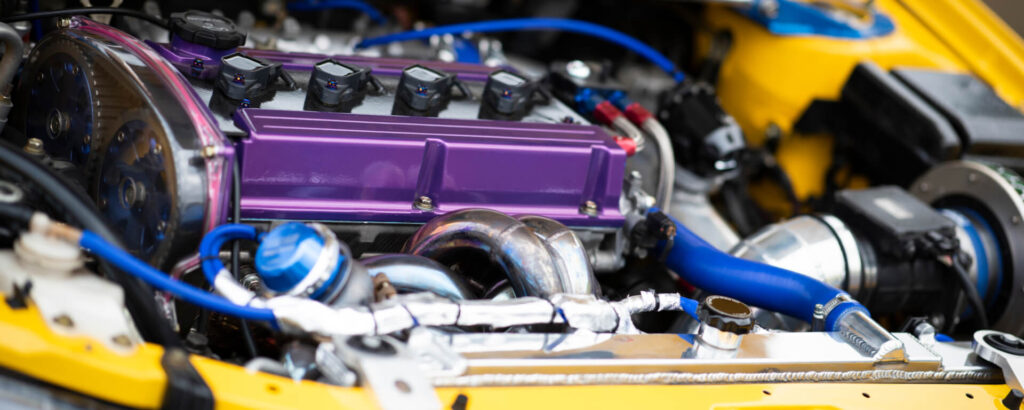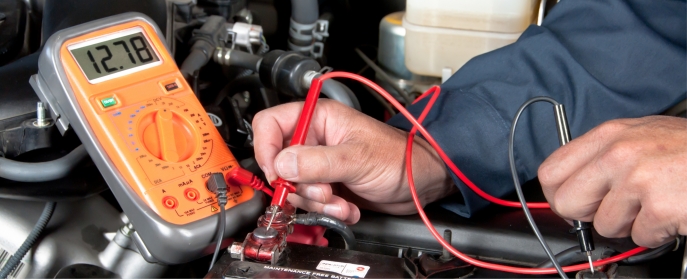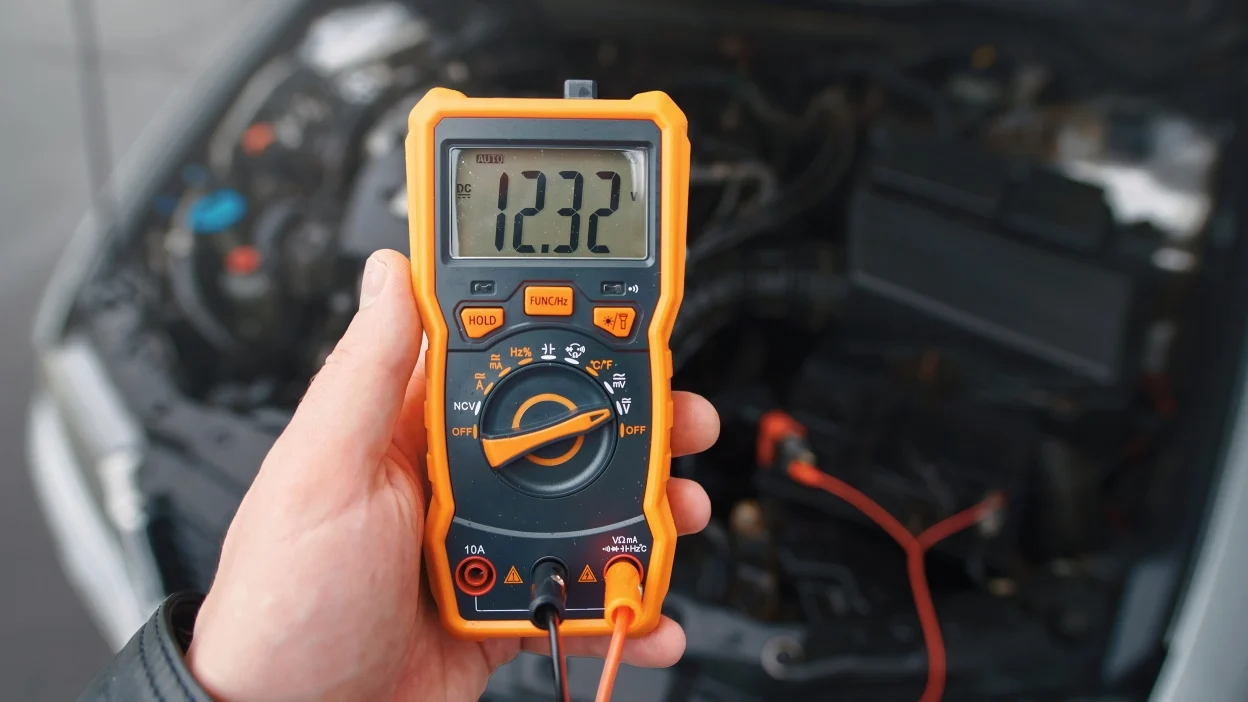If you’re a car enthusiast, you know that tuning your car is one of the best ways to enhance its performance. Whether you’re looking to boost horsepower, improve handling, or increase fuel efficiency, learning how to tune a car for better performance can make a significant difference. In this guide, we’ll walk you through the key steps involved in tuning your vehicle and explain how these modifications can elevate your car’s capabilities.
Table of Contents
Why You Should Learn How to Tune a Car for Better Performance
Tuning your car for better performance is not just for racers or professional mechanics. It’s something that any car owner can do, with the right tools and knowledge. The process involves adjusting various components of the engine and exhaust system to get the most out of your car. Here’s why you should consider learning how to tune a car for better performance:
- Increase horsepower: A well-tuned engine can give you more power, allowing for faster acceleration and higher top speeds.
- Improve fuel efficiency: Optimizing your engine’s performance can lead to better fuel economy, saving you money in the long run.
- Enhanced driving experience: Tuning can make your car more responsive, offering a smoother and more enjoyable ride.
Steps on How to Tune a Car for Better Performance
To get started with tuning, it’s important to understand the different areas that can be modified. Let’s take a look at how to tune a car for better performance step by step.
1. Engine Tuning
The heart of your car’s performance lies in its engine. The first thing you should focus on when learning how to tune a car for better performance is optimizing the engine. This can be done by adjusting the air-fuel ratio, spark timing, and fuel injectors.
- Air-fuel ratio: Adjusting this ratio ensures that your engine is running efficiently, which directly impacts performance.
- Spark timing: Adjusting the timing of your spark plugs can optimize combustion, leading to more power.
- Upgraded fuel injectors: These help deliver more fuel to the engine, which can result in better performance when combined with other tuning adjustments.
2. Exhaust System Modifications
Another key component of how to tune a car for better performance is upgrading the exhaust system. A high-performance exhaust system reduces backpressure, which allows your engine to expel exhaust gases more efficiently. This can lead to increased horsepower and torque.
- Cold air intake systems: These help bring in more oxygen to the engine, which improves combustion and performance.
- Headers: These components allow for better flow of exhaust gases, increasing the overall power output.
3. Suspension and Handling Tuning
For a more responsive driving experience, it’s important to focus on tuning your suspension. While this doesn’t directly affect engine performance, how to tune a car for better performance is also about improving handling and stability. Upgrading suspension components like shocks, struts, and sway bars can improve cornering and overall ride quality.
4. Tuning Your Car’s ECU (Engine Control Unit)
One of the most advanced methods of how to tune a car for better performance is by remapping or reprogramming your car’s ECU. The ECU controls several aspects of the engine’s behavior, such as ignition timing, air-fuel mixture, and boost pressure (for turbocharged vehicles). By recalibrating the ECU, you can unlock more power and efficiency.
- Chip tuning: This involves replacing or modifying the car’s computer chip to optimize performance.
- ECU remapping: A more advanced method of adjusting the settings in your ECU to increase power and responsiveness.
5. Tire and Wheel Adjustments
While tires and wheels might not directly impact engine performance, they play a crucial role in how to tune a car for better performance in terms of grip and handling. High-performance tires can drastically improve traction, reducing wheel spin and improving acceleration.
- Wider tires: These provide better grip on the road, which can improve cornering and overall handling.
- Lightweight wheels: Reducing the weight of your wheels can decrease rotational mass, improving acceleration and handling.
6. Aerodynamics Tuning
When it comes to how to tune a car for better performance, don’t forget the impact of aerodynamics. Adding components like spoilers, diffusers, and air dams can reduce drag and improve your car’s stability at high speeds. This is especially important for high-performance cars designed for racing or speed.
- Spoilers and wings: These help improve downforce, which keeps your car planted on the road during high-speed runs.
- Underbody panels: These help reduce drag by smoothing airflow under the car.

Common Mistakes When Learning How to Tune a Car for Better Performance
When tuning your car, it’s easy to make mistakes if you’re not careful. Here are some common errors people make when learning how to tune a car for better performance:
- Overmodifying without understanding the balance: It’s essential to tune both the engine and suspension components in harmony for maximum results.
- Ignoring regular maintenance: Tuning won’t make a difference if your car’s basic maintenance is neglected. Make sure your car is in top condition before making performance adjustments.
- Not tuning for your specific needs: Different driving styles and environments require different tuning setups. Be sure to tailor your modifications to suit your specific goals.
Conclusion
Learning how to tune a car for better performance can drastically enhance your driving experience. By optimizing engine components, exhaust systems, suspension, and other aspects of your car, you can unlock more power, efficiency, and enjoyment. Whether you’re looking to compete on the track or simply enjoy a more responsive ride, tuning your car is one of the best ways to improve its performance.
So, start with these basic steps, and remember, tuning is an ongoing process. With the right knowledge and the right tools, you can keep improving your car’s performance for years to come.
Related Post:
If you’re interested in further improving your vehicle’s performance, don’t miss our guide on How to Increase Car Fuel Efficiency. This post dives deep into the best practices for boosting your car’s fuel economy, a crucial aspect of overall performance.”





Leave a Reply